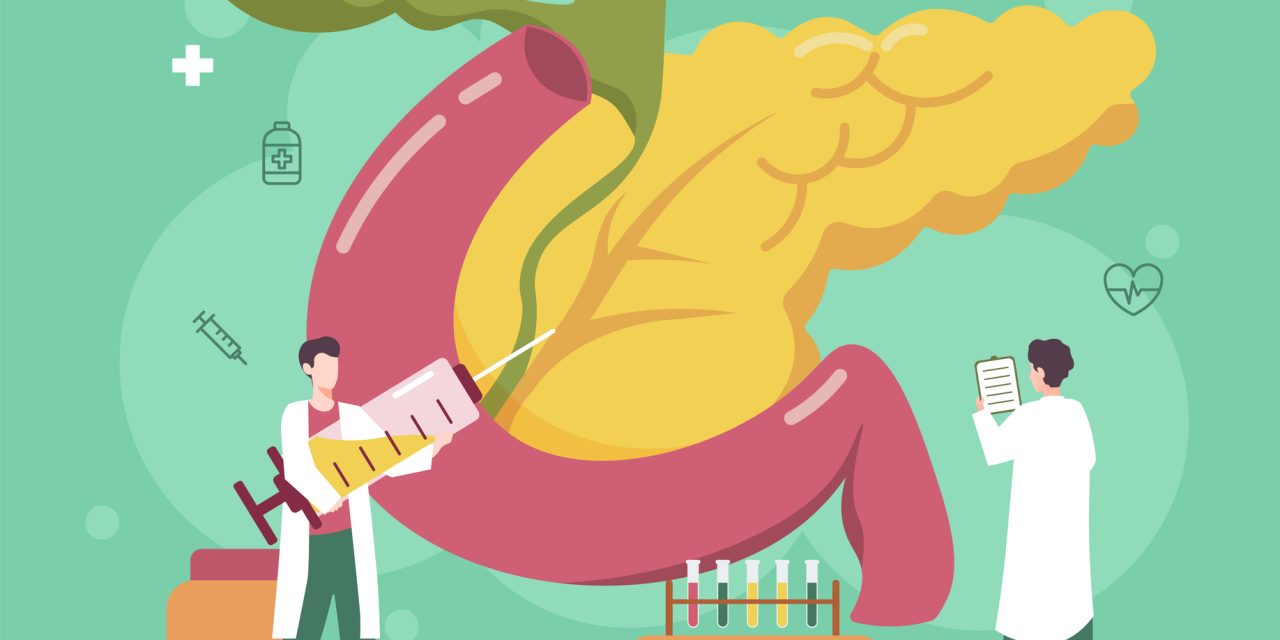A positive pregnancy test in acute or chronically ill patients has implications for the use of potentially mutagenic or teratogenic products in urgent medical therapies such as the use of chemotherapies or therapies with immunosuppressants, for anesthesia, and for time-sensitive indications like urgent surgery or organ Transplantation. Despite a lack of evidence, it is currently believed that human chorionic gonadotropin serum concentrations are always elevated in female dialysis patients even without pregnancy. It is also believed that human chorionic gonadotropin cannot be used to confirm or exclude pregnancy.
Human chorionic gonadotropin was examined in female dialysis patients (18-50 years of age), and was classified as positive above 5 mlU/ml. In addition, fertility status was determined. For an enhanced index test, the cut-off of 5 mIU/ml was used for potentially fertile patients and 14 mIU/ml for infertile patients to calculate diagnostic test accuracy. The ideal cut-off for human chorionic gonadotropin was estimated using Liu’s method with bootstrapped 95% confidence intervals. Predictors of human chorionic gonadotropin increase were analyzed using multivariable linear regression.
Among 71 women, two (2.8%) were pregnant, 46 (64.8%) potentially fertile, and 23 (32.4%) infertile. We observed human chorionic gonadotropin concentrations > 5 mIU/ml in 10 patients, which had a sensitivity of 100% (95% confidence interval: 100 to 100), a specificity of 86% (95% confidence interval: 77 to 94), a positive predictive value of 17% (95% confidence interval: 8 to 25) and a negative predictive value of 100% (95% confidence interval: 100 to 100) for the diagnosis of pregnancy. Using a cut-off > 14 mIU/ml for infertile patients or the exclusion of infertile patients increased specificity to 93% or 98%, respectively. The ideal cut-off was 25 mIU/ml (95% confidence interval: 17 to 33). Pregnancy and potential fertility, but not age, were independent predictors of human chorionic gonadotropin.
Human chorionic gonadotropin is elevated > 5mIU/ml in 14.5% of non-pregnant dialysis patients of child-bearing age. In potentially fertile women, this cut-off can be used to exclude pregnancy. In case of an unknown fertility status, the ideal human chorionic gonadotropin cut-off was 25 mIU/ml.
Exclusion of pregnancy in dialysis patients: diagnostic performance of human chorionic gonadotropin.


